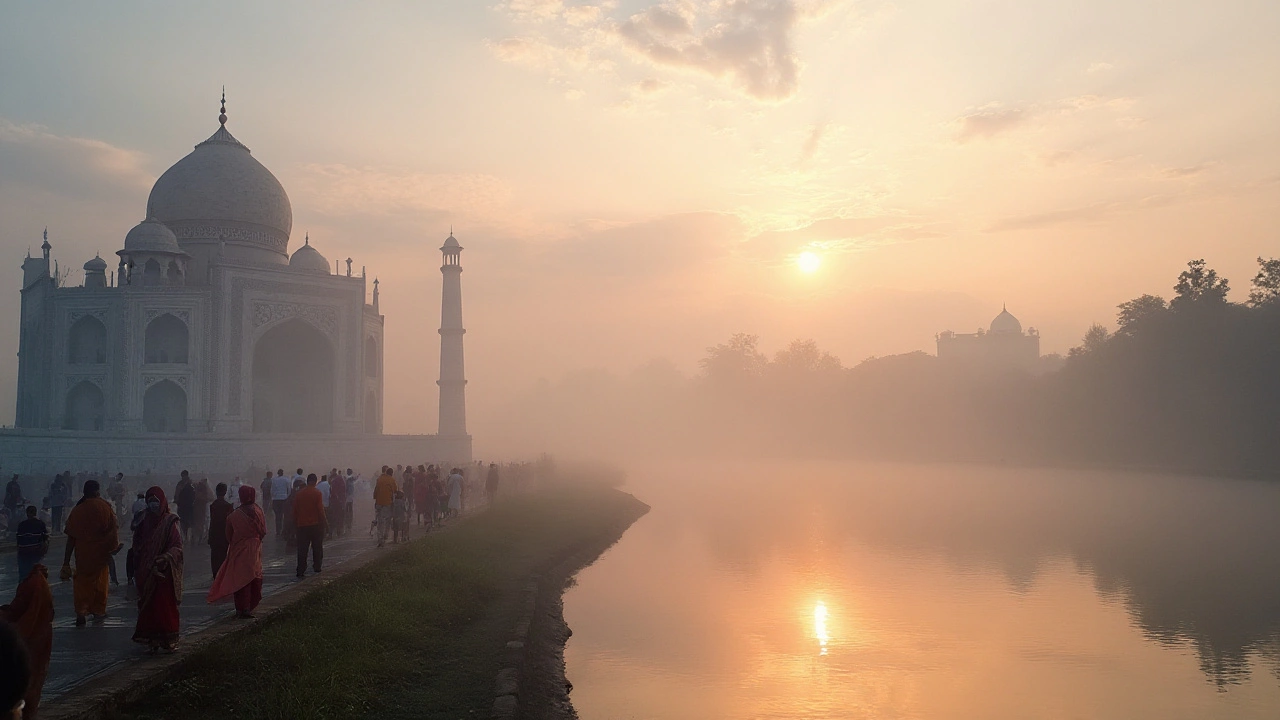SEARCH
Historical Sites in India – Your Handy Guide to Heritage Travel
India is a treasure chest of history. Every state hides a story in stone, from the mighty forts of Rajasthan to the marble wonder of the Taj Mahal. If you love walking where kings once walked, you’re in the right place. This guide shows you the best sites, how to reach them, and what to do when you get there, without any fluff.
Why Historical Sites Are a Must‑Visit
Visiting a historical site is like opening a time capsule. You can see the architecture, feel the atmosphere, and hear the legends that locals still talk about. It also gives you a deeper appreciation for India’s diverse cultures – Hindu, Mughal, British, and more – all mixed in one landscape. Most importantly, these places are free or cheap to enter, so they fit any budget.
Top Picks and How to Explore Them
1. Jaipur – The Pink City
Start at Amber Fort, ride an elephant or just climb the steps for a panoramic view. Then wander the City Palace and the Hawa Mahal. Public buses and auto‑rickshaws are cheap, and a night stay in a guesthouse costs under $30.
2. Hampi – Ruins in a Bouldery Landscape
Legend says this was once the capital of Vijayanagara. Rent a bicycle and circle the stone temples, the Vittala complex, and the riverbanks. There are plenty of backpacker hostels, and the best time to go is after the monsoon when the water reflects the carvings.
3. Khajuraho – Erotic Temple Art
These UNESCO World Heritage temples are famous for their intricate carvings. Take a guided walk to understand the symbolism; many local guides work on a tip‑only basis. The train from Delhi stops here, making it easy for a weekend trip.
4. Mysore – Royal Splendor in the South
Visit the grand Mysore Palace, the Chamundi Hill temple, and the Mysore Zoo for a full day. The city’s bus network drops you right at the palace gates. Try the local “Mysore Pak” sweet while you’re there.
5. Delhi’s Red Fort & Qutub Minar
Both are UNESCO sites and close to each other. Get a combined ticket, use the metro to reach the stop, and spend a few hours exploring the forts, gardens, and market lanes. Early mornings are less crowded.
For each site, plan your travel around the local climate. Summer can be scorching, so early morning visits are cooler. Monsoon season adds a dramatic vibe to stone structures but be ready for rain.
When you reach a historical site, respect the rules – no climbing on fragile walls, keep noise low, and don’t touch the carvings. A small donation often helps with maintenance, and locals appreciate the gesture.
Getting around is simple with India’s extensive train network. Book tickets a week ahead on the IRCTC portal to lock in lower fares. For short distances, shared auto‑rickshaws are cheap and quick. If you prefer comfort, apps like Ola and Uber work in most big cities.
Finally, pack light, bring a reusable water bottle, and wear comfortable shoes. A pocket‑size notebook can help you jot down legends you hear from guides – they’re usually the best part of any visit.
With this guide, you’ve got a ready‑to‑go list of historical sites that showcase India’s rich past. Pack your bags, follow the tips, and start collecting stories that will stay with you forever.

Exploring India's Most Visited Historical Sites: A Journey Through Time
India is home to many world-renowned historical sites, attracting millions of visitors each year. Among these, the Taj Mahal stands out as the most visited, celebrated for its breathtaking architecture and romantic history. This article delves into the allure of the Taj Mahal and other prominent heritage sites in India, offering insights and practical tips for visitors. Discover the timeless beauty and cultural significance of these destinations, and learn why they captivate the hearts of those who visit.
Continue reading